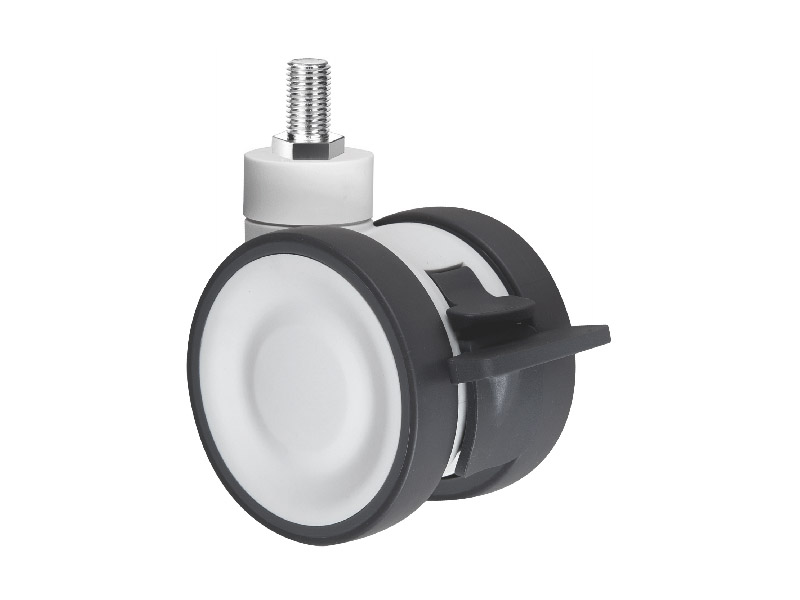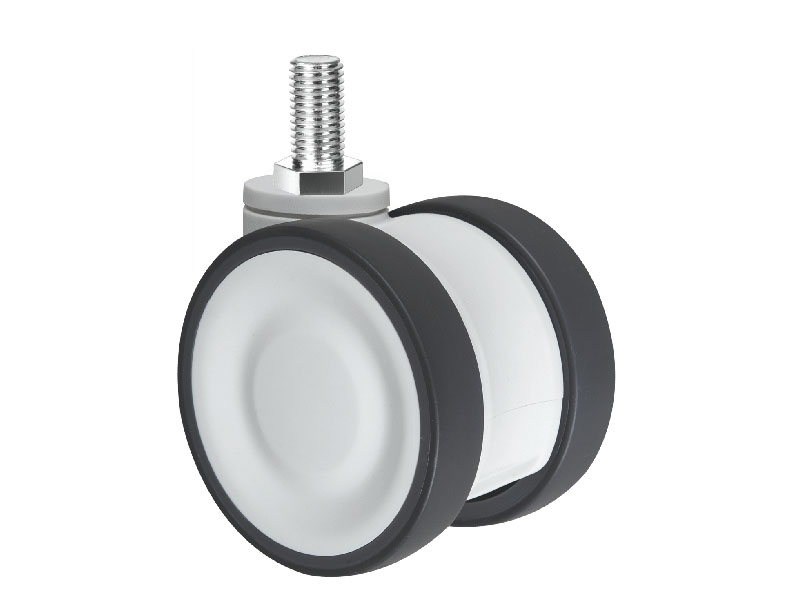How Extra Heavy Duty Caster Wheels Can Help You Transport Loads Up to 50,000 Pounds
Transporting massive loads is a challenging task. When you need to move items weighing up to 50,000 pounds, the right tools make all the difference. Extra heavy duty caster wheels are designed to handle these kinds of weights. With their durability, load-bearing capacity, and ease of movement, they are perfect for industries that require heavy load transportation.
In this article, we will look at how extra heavy duty caster wheels help move heavy loads, why they are necessary, and what factors affect their performance.
What Are Extra Heavy Duty Caster Wheels?
Extra heavy duty caster wheels are wheels made to handle extremely high weights. These wheels can carry loads of thousands or even tens of thousands of pounds. Industries like construction, manufacturing, and logistics often rely on these wheels to move large equipment.
These wheels are designed with strength in mind. The load capacity, wheel materials, and design specifications ensure they can bear the pressure of heavy loads. Polyurethane, steel, and rubber are common materials used in heavy duty casters. These materials provide strength, durability, and low rolling resistance. The design also helps absorb shock, providing stability and minimizing wear.
Some caster wheels can support up to 50,000 pounds or more. A larger wheel diameter, reinforced frame, and durable materials make this possible. These casters are essential for transporting massive items, such as industrial machinery or large shipping containers.
Importance of Load Distribution
When moving heavy loads, how the weight is distributed matters. If the load is focused on just a few wheels, it creates a lot of pressure. This increases friction, making it harder to move the load. By distributing the weight more evenly, the caster wheels work more efficiently.
Extra heavy duty caster wheels spread the weight across multiple points. This reduces pressure on each wheel, lowering friction. For example, using four wheels instead of two helps distribute the load. More wheels, like six or eight, reduce pressure even further. This makes it easier to move heavy loads.
Proper weight distribution also prevents damage to both the equipment and the surface it’s on. This is particularly important in industries where equipment is expensive.
How Extra Heavy Duty Caster Wheels Handle 50,000 Pounds
The ability to handle heavy loads is one of the most impressive features of extra heavy duty caster wheels. Standard casters can only carry lighter loads, but these wheels are built for extreme weight. They use advanced engineering and stronger materials to support up to 50,000 pounds.
Polyurethane wheels are often used in heavy-duty casters. They provide shock absorption and durability. Steel frames are also commonly used for added strength. These features ensure the wheels can handle the pressure and continue working over time.
In real-world applications, these casters make it easier to move large equipment. In construction, for instance, machines like cranes and excavators are heavy and difficult to move. Extra heavy duty casters make it possible to move these machines safely and efficiently.
In warehouses, these casters are used to move large containers. They make the process faster and more efficient, reducing the risk of damage to the goods or the floor.
The Role of Friction in Wheel Movement
Friction is the resistance that occurs when a wheel moves across a surface. The more friction, the harder it is to move the load. High friction causes resistance, slowing down movement. This makes it harder to transport heavy loads.
Extra heavy duty caster wheels are designed to minimize friction. They use materials like polyurethane, steel, or rubber to reduce friction between the wheel and the ground. This makes it easier to move the load.
Polyurethane, for example, provides low rolling resistance. This means the load moves more smoothly, even on rough surfaces. These wheels reduce strain on both the operator and the equipment.
On rough surfaces, friction increases, making movement harder. But with Load-Bearing Caster Wheels, the weight is spread out. This reduces the friction and helps move heavy loads more easily.
Choosing the Right Caster Material
The material used for the wheels affects their performance. Different materials offer different benefits. Choosing the right material is important for heavy load transportation.
Polyurethane Casters
Polyurethane is strong and durable. It offers low rolling resistance, which makes it ideal for heavy loads. These wheels are also shock-absorbing, reducing impact and wear on both the wheels and the surface.
Steel Casters
Steel casters are incredibly strong and ideal for extreme weight. They are commonly used for very heavy loads. However, steel wheels may create more noise and wear down floors faster than other materials.
Rubber Casters
Rubber caster wheels are great for reducing noise and absorbing shock. They provide excellent traction. However, they may not handle the heaviest loads as well as steel or polyurethane.
Choosing the right material ensures the wheels can handle the load and provide smooth, efficient movement.
Surface Conditions and Their Impact
Surface conditions play a big role in how well caster wheels perform. On smooth surfaces like concrete, the wheels move easily. On rough surfaces, like gravel or carpet, friction increases. This makes it harder to move heavy loads.
When choosing caster wheels, consider the surface. For rough surfaces, select wheels made from durable materials like polyurethane or rubber. These materials reduce friction and make the load easier to move.
Practical Tips for Moving Heavy Loads
Here are some tips for moving heavy loads up to 50,000 pounds:
Choose the Right Number of Extra Heavy Duty Caster Wheels
More wheels spread the weight out, making it easier to move the load. For very heavy items, use six or eight wheels.
Regular Maintenance
Check the wheels regularly for wear and tear. Replace damaged wheels to avoid problems during transport.
Proper Alignment
Make sure the wheels are aligned correctly. Misaligned wheels can increase friction, making it harder to move the load.
Conclusion of Extra Heavy Duty Caster Wheels
Transporting loads up to 50,000 pounds is no small task. However, with High Capacity Caster Wheels, it becomes much easier. These wheels are designed to handle extreme weights with ease, offering durability, strength, and smooth movement.
By considering factors like load distribution, friction, material choice, and surface conditions, you can move heavy equipment efficiently. Whether you are in construction, logistics, or another industry, these wheels are an essential tool for transporting massive loads safely and effectively.
Faqs
1. What are Extra Heavy Duty Caster Wheels?
Extra heavy duty caster wheels are specialized wheels designed to support and move extremely heavy loads, often up to 50,000 pounds or more. These casters are built with durable materials and advanced engineering to ensure maximum strength, stability, and performance in industrial and commercial applications.
2. What weight capacity do Caster Wheels support?
Extra heavy duty caster wheels can typically handle loads ranging from 10,000 pounds to 50,000 pounds, depending on their design and construction. These casters are ideal for moving large machinery, equipment, and other heavy objects in warehouses, factories, and loading docks.
3. What materials are used to make Caster Wheels?
Extra heavy duty caster wheels are made from high-strength materials such as steel, polyurethane, nylon, and sometimes a combination of these materials. The wheel’s core is usually made from steel or metal alloys for strength, while the outer material like polyurethane offers shock absorption and smoother movement.
4. Where are Duty Caster Wheels typically used?
These casters are commonly used in industrial settings such as warehouses, factories, shipping docks, and heavy-duty vehicles. They are ideal for equipment like pallet jacks, industrial trolleys, and large machinery that need to be moved around safely and efficiently.






